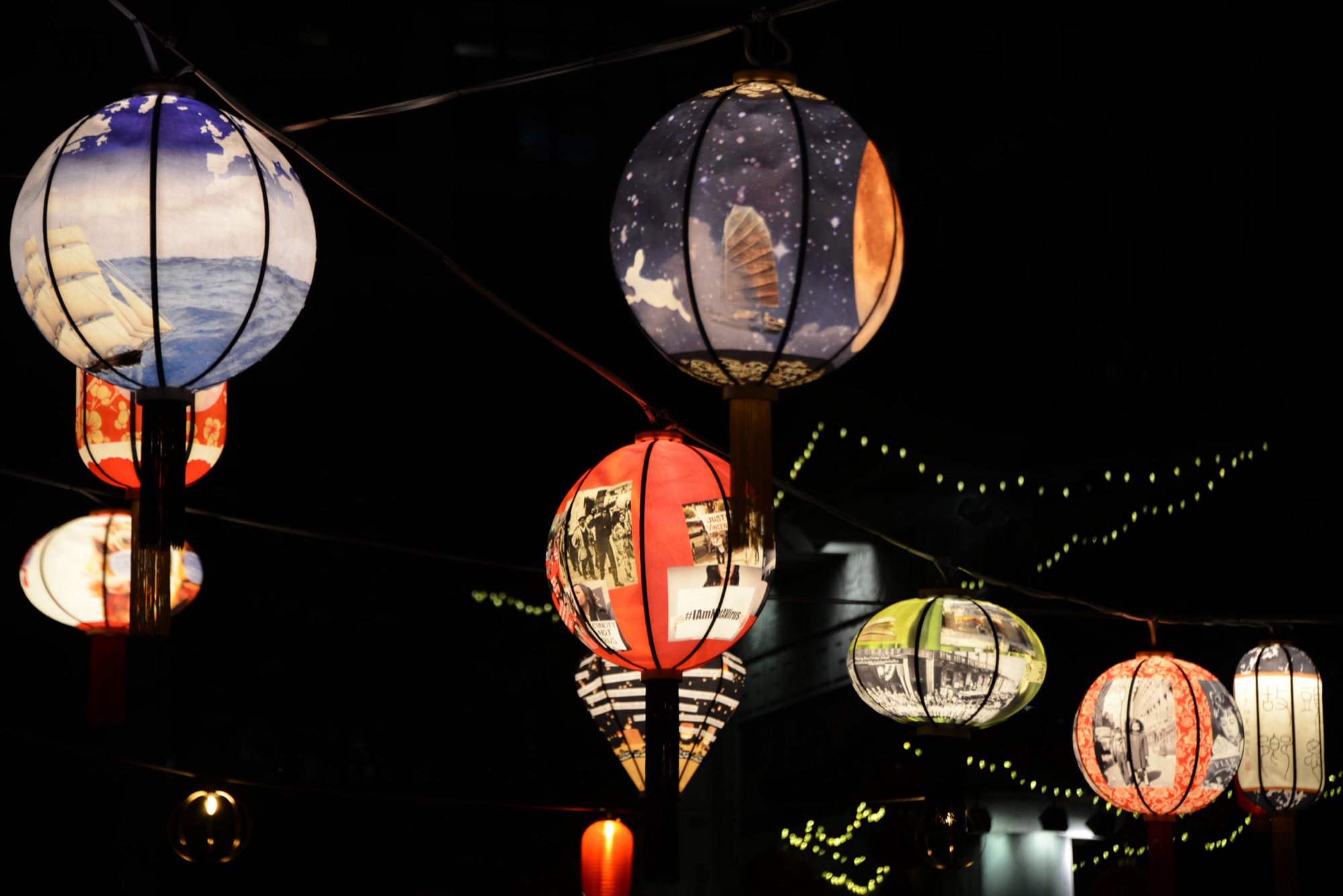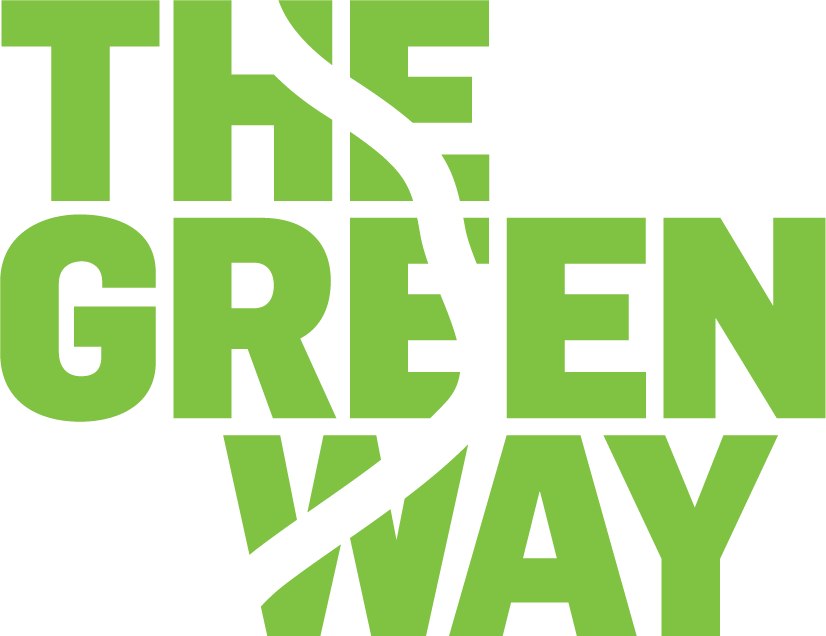
Lantern Stories celebrates Boston Chinatown’s vibrant community. Commissioned by the Greenway Conservancy, artist Yu-Wen Wu created thirty one lanterns to illuminate Boston Chinatown’s history, culture and resiliency. The images on the lanterns relate the long and fraught history of Chinese immigration in the United States, and celebrate Boston Chinatown’s culture and community. Highlighting the arts, calligraphy, music and performance, as well as the community’s strong commitment to education, entrepreneurship, and social justice, these lanterns hold the experience and stories of the community, past and present.
Lantern Stories was created with the hope that each lantern initiates the desire to learn more about the history of Asian immigration to the United States and the social and justice issues faced on multiple levels. The project involved a process of community engagements, intensive historical research, drawings, and the design of the three dimensional lantern forms and artistic templates, specific to the site. Explore the detailed images and stories of each lantern according to categories of History, Activism, Entrepreneurship, People (Life) and the Arts.
在波士頓唐人街探索“燈籠故事”
“燈籠故事”用於慶祝波士頓唐人街充滿活力的社區。藝術家吳育雯受綠道保護協會委託,創作了31盞燈籠,以闡明波士頓唐人街的歷史、文化和韌性。燈籠上的圖案反映了中國移民在美國漫長而憂心的歷史,並慶祝了波士頓唐人街的文化和社區。這些燈籠強調了藝術、書法、音樂和表演,以及社區對教育、企業家精神和社會正義的堅定承諾。它們展現了社區過去和現在的經驗和故事。
創作“燈籠故事”是希望每個燈籠都能激發人們更多地了解亞裔移民到美國的歷史以及他們在多個層面上面臨的社會和正義問題的渴望。該項目涉及社區參與、深入的歷史研究、繪圖以及針對該場所的三維燈籠形式和藝術模板的設計過程。根據歷史、行動主義、企業家精神,人(生命)和藝術等類別,詳細探索每個燈籠的圖案和故事。
